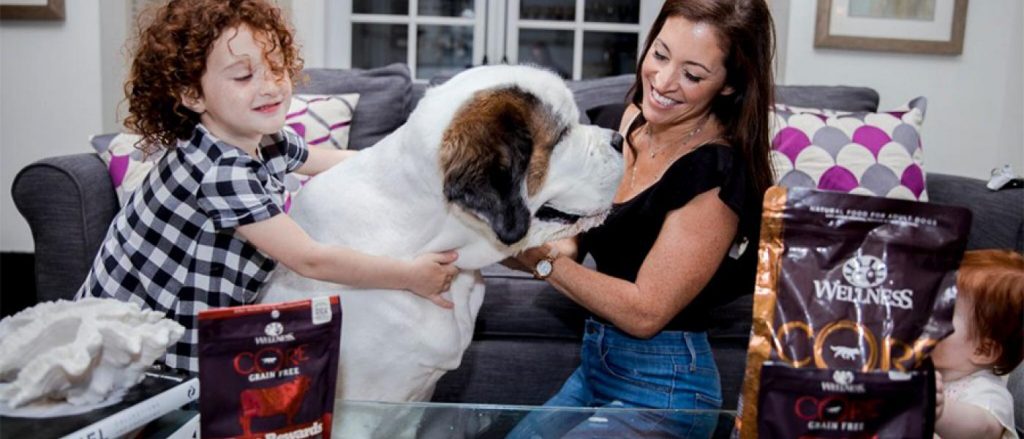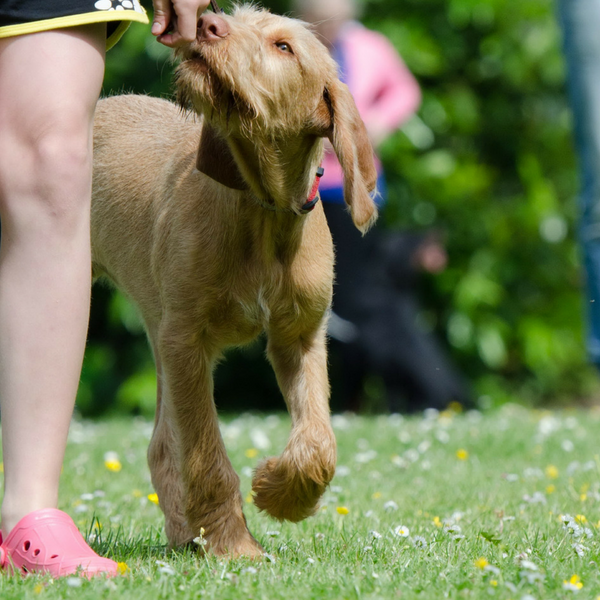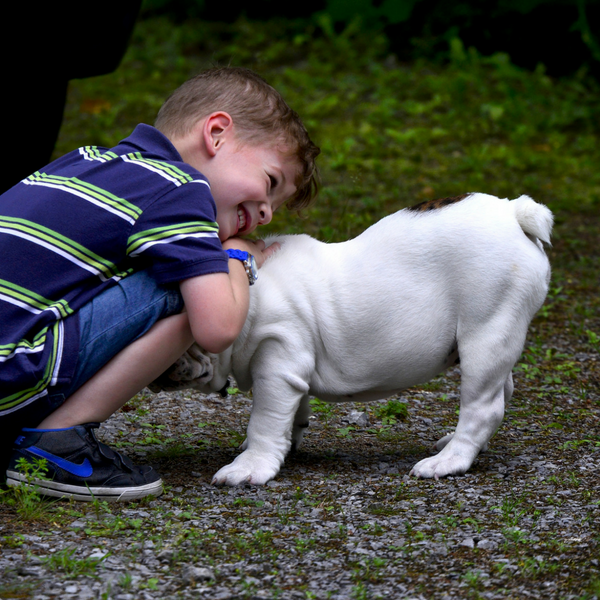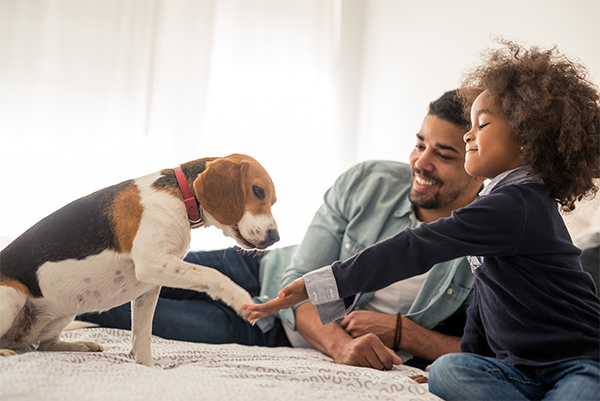Beat the Back-to-School Pet Blues

While most parents are fairly keen for their human children to leap back into the school year, pets are far less eager to see their two-legged buddies board the school bus and disappear for the better part of the day. For pets, back-to-school signifies a dramatic change in their daily routine, their activity level, and the amount of attention they get. Such a dramatic change can lead to anxiety and other unwelcome behaviors.
Learn to recognize signs your pet is struggling with the back-to-school transition and take steps to help.

Signs of Separation Anxiety and Depression in Dogs
When dogs experience anxiety, they typically exhibit negative behaviors that you might feel compelled to punish; however, punishing bad behavior that is the is caused by separation anxiety will exacerbate the situation leading to more fearful, erratic, or aggressive behaviors.
Common signs of separation anxiety include:
- Indoor bathroom accidents
- Chewing furniture, shoes, etc.
- Tearing up pillows
- Shredding paper
- Extensive barking and whining
- Other mood changes
In cases involving depression, dogs may act as such:
- Hide
- Act lethargic or unenergetic
- Refuse to play
- Show a loss of appetite
Importantly, a dog experiencing these symptoms may only show one or two signs, so it’s important for pet parents to watch for new or different behaviors.

Signs of Separation Anxiety in Cats
Meanwhile, cats are less likely to experience trauma due to children returning to school; however, cats with backgrounds involving unreliable owners or multiple owners or abandonment could experience anxiety as a result of the dramatic change. Signs a cat is experiencing separation anxiety include:
- Trembling
- Social withdrawal
- Hiding / escaping
- Lack of interest in food
- Signs of upset stomach in litter box
- Mood swings
How to Help Pets Struggling with Back-to-School Anxiety
As previously noted, the worst way to manage back to school behaviors is to react with anger or aggression. Instead be calm. Use your own calm manner to signal to pets that everything is okay.
It can also help to get your pet a new toy to help them channel their energy in the interim before children return home from school.
An additional strategy for managing dogs with anxiety could be to implement crate training. This is effective if disruptive bathroom habits are problematic.
Exercise is another way to help your pet feel busy and to burn off energy previously burned off by interaction with children. Supplement those frequent play periods with extra walks until you can resume a normal schedule.
Lastly, give children time in the afternoons after school to play with pets. The bond between children and pets should still be encouraged and given time to develop. A new status quo for the children and your pet(s) during the new school year will need to be developed. This will help your cat or dog tremendously as it will help to assuage feelings of abandonment that may have transpired when your children returned to school.

That said, anxiety and depression are real in cats and dogs when it comes to their younger owners returning to school. The best ways to battle these issues are to notice when they arise and to compensate with love, compassion extra exercise time, and the establishment of a new status quo that involves pet children bonding with human children.
Pet wellness is about more than great food—it’s about mental, physical, and emotional well-being. Wellness Pet Food believes in comprehensive pet health, which is why we do our best to create natural, healthy pet foods and snacks that keep your pet healthy and satisfied.




